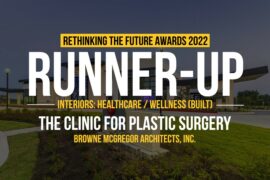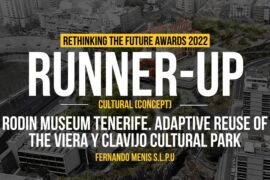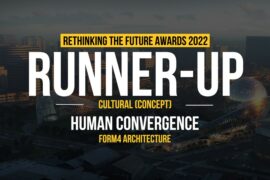This project focuses on the effects of a complex overlap between landscape and architecture on form and space. Ground is the area where landscape and architecture negotiate their relationship. Whereas in modern architecture ground is a disregarded field and structure flies over it, as like it escapes gravity, groundscapes treat the ground plane as an active, fluctuating field trying to re-introduce the relationship between envelope and ground or space and land.
Participant Name: Vivian Stasi
Country: United States
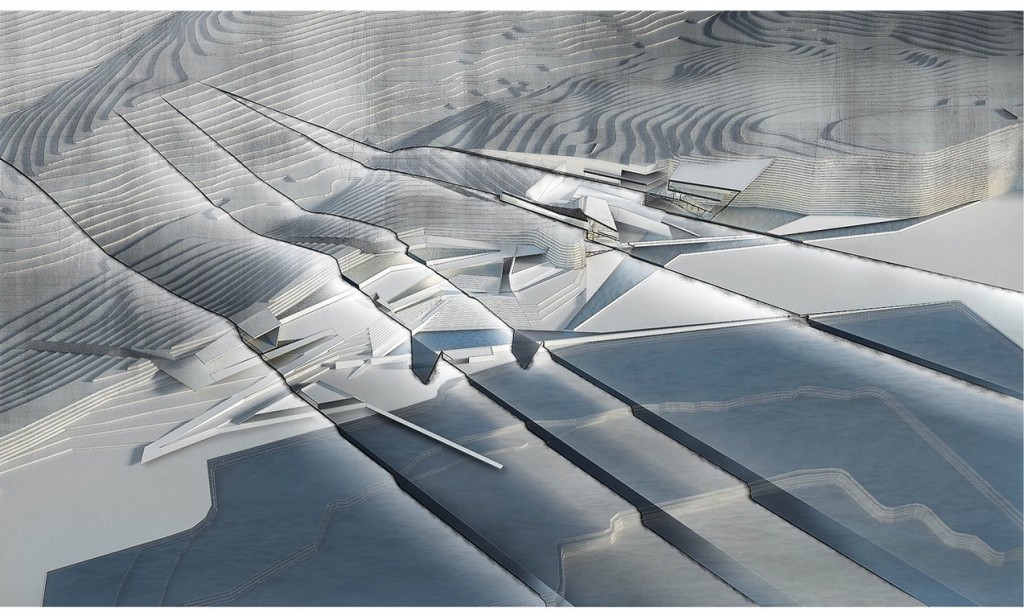
If we consider ground as multiple layers folded together, landscrapers are those structures that unfold the land and reveal their internal surfaces. The Deleuzian concept of labyrinth along with fluid matter, create the idea of a space of infinite folds and foldings and the question of how it can exist in the tangible reality. When architecture and topography merge together, they can create form. Landscrapers unfold the land and strategically activate conditions such as spatial coherence, surface unity, continuous circulation and intense surface topology. And when land unfolds, water laying under the rocks, explodes and ascends to the surface in order to shape the aesthetics of landscape and breathe life into structure. Water is inherent to the land – its presence generates spatial effects when it drops its shadow or when it becomes a mirror of surroundings.
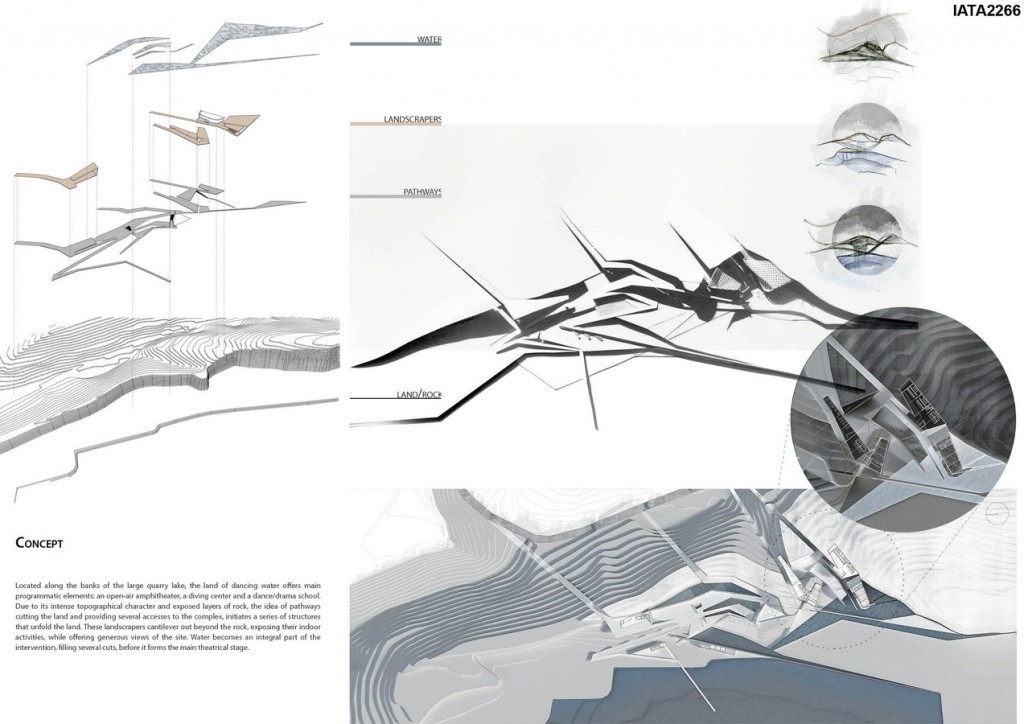
Different site conditions, where landscape has an intense topographical character challenge the relationship of landscape and architecture in terms of “ground negotiation”. Identifying and analyzing these conditions in the St.Louis topography, the quarry is inferred to be a suitable site for intervention. The South quarry in Oakville is an extensive scar on the land, where rock formation is fully revealed. Continuous land exploitation due to industrial purposes necessitates the site’s ecological and cultural restoration after the cessation of industrial activities. The intervention would take place as a continuation on its cycle of evolution, shifting its industrial economy into a cultural one. The program refers to a cultural and recreational center of water-based performing arts, expanding on theatre, dance, gymnastics artistry and diving.

Located along the banks of the large quarry lake, the land of dancing water offers main programmatic elements: an open-air amphitheater, a diving center and a dance/drama school. Due to its intense topographical character and exposed layers of rock, the idea of pathways cutting the land and providing several accesses to the complex, initiates a series of structures that unfold the land. These landscrapers cantilever out beyond the rock, exposing their indoor activities, while offering generous views of the site. Water becomes an integral part of the intervention, filling several cuts, before it forms the main theatrical stage.
Prev Post
Skywalk | Chaukor Studio
5 Mins Read


